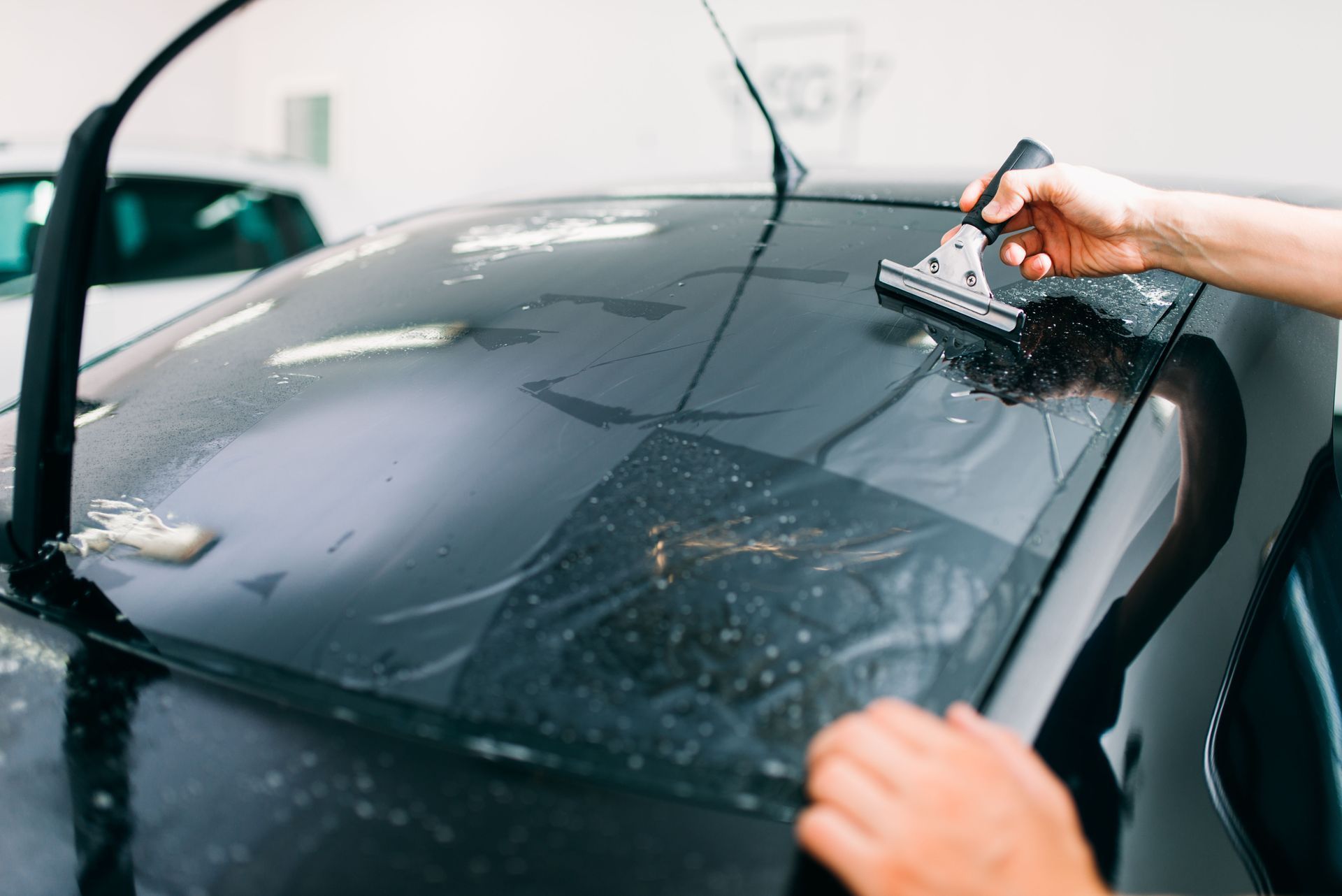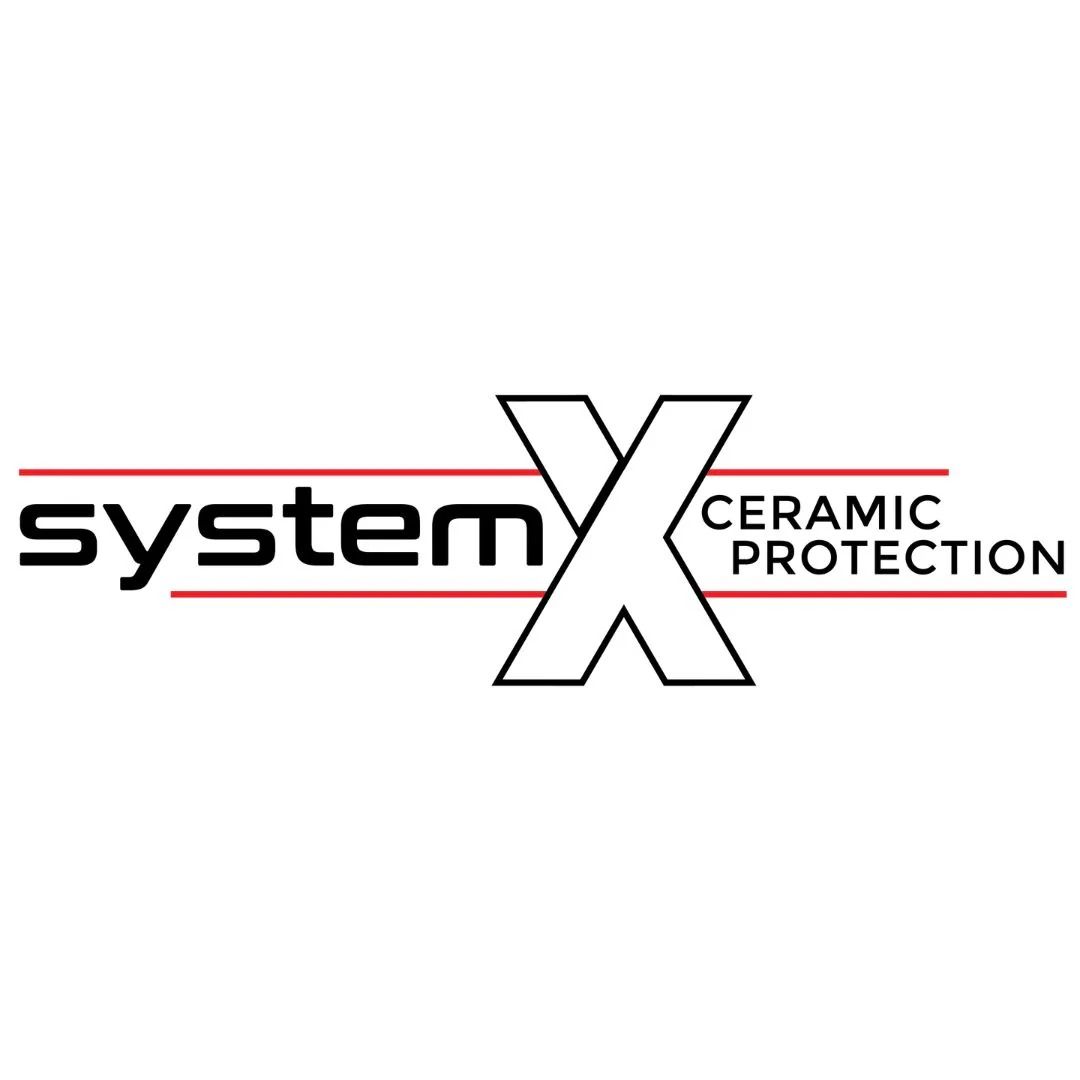October 10, 2025
The interior of your car is an often-overlooked but valuable part of your vehicle. Excessive sun exposure can cause significant damage to the interior over time. Car tinting emerges as a reliable solution to counteract this. It not only maintains the elegance of the vehicle but also enhances its longevity. In this comprehensive article, we delve into the multifaceted advantages of car tinting, notably its protective effects against sun damage.
1. Understanding Sun Damage
1.1 Defining Sun Damage
Sun damage refers to the deterioration caused by prolonged exposure to sunlight, particularly ultraviolet (UV) rays. This can affect various materials, including the fabrics and plastics found in car interiors. Over time, such exposure leads to fading, discoloration, and a loss of structural integrity. These changes not only detract from the aesthetic appeal but also reduce the functional lifespan of interior components. Addressing sun damage is essential to preserving both the appearance and value of vehicles.
1.2 Explaining How UV Rays Affect Car Interiors
UV rays penetrate through car windows, reaching every corner of the interior. They are notorious for breaking down the molecular structure of materials, leading to fading upholstery and brittle plastics. Leather seats and dashboards are particularly susceptible, developing cracks and dull spots over time. Without protective measures like tinting, the interior can suffer severe degradation. Protection against these rays is paramount to ensuring the safety and comfort of the car's occupants.
1.3 Recognizing Common Signs of Sun Damage
Fading and discoloration are often the first visible signs of sun damage in car interiors. Upholstery may show uneven patches where the color has lightened. Additionally, the dashboard can warp or develop cracks, especially in vehicles left in direct sunlight for extended periods. Another telltale sign is the degradation of plastic components, which become brittle and prone to breakage. Addressing these issues early with proper measures can prevent more extensive damage.
1.4 Understanding the Science Behind UV Degradation
UV degradation occurs when UV radiation disrupts the chemical bonds within materials. Polymers, commonly used in automotive interiors, are particularly vulnerable as UV rays initiate a process known as photo-oxidation. This leads to the chain reaction of material breakdown, manifesting as physical changes like discoloration and cracking. The relentless impact of UV light accumulates over time, emphasizing the need for preventative measures. Car tinting emerges as an effective solution by limiting UV penetration.
1.5 Considering the Long-Term Consequences of Unchecked Sun Damage
Ignoring sun damage can lead to costly repairs and replacements. Over time, the interior's aesthetic appeal diminishes, along with its resale value. Leather that has cracked or faded upholstery can deter potential buyers, impacting the vehicle's marketability. Moreover, compromised materials pose safety risks, as faulty components might not function correctly during emergencies. Regular maintenance and sun protection can mitigate these long-term consequences, safeguarding both safety and value.
2. Exploring the Basics of Car Window Tinting
2.1 Defining Car Tinting
Car tinting involves applying a thin film to the interior of vehicle windows. This film is designed to reduce the amount of sunlight and UV radiation that enter the cabin. While offering aesthetic benefits, its primary function is protective. Tinting acts as a shield, preserving the car's interior while enhancing privacy and comfort. It is a popular choice among car owners who seek a blend of functionality and style.
2.2 Identifying Types of Car Tinting Films
Several types of tinting films are available, each offering unique benefits. Dyed films are the most affordable, using a layer of dye to absorb solar heat. Metalized films incorporate metal particles to reflect sunlight, providing additional glare reduction. Ceramic films, although more expensive, offer superior blocking capabilities without compromising visibility. The choice of film depends on individual needs, including budget, climate, and desired aesthetics. Understanding these options allows car owners to make informed decisions tailored to their preferences.
2.3 Explaining Tint Percentages
Tint percentages indicate the amount of visible light that can pass through the film. A common misconception is that lower percentages mean darker tint. However, it actually represents higher UV blocking capabilities. Common percentages range from 50% to 5%, with 5% being the darkest, often referred to as "limo tint." Choosing the right percentage balances privacy needs with legal standards. A professional installer can provide guidance on selecting an appropriate level that adheres to local regulations.
2.4 Reviewing Tinting Laws and Regulations
Tinting laws vary by region, dictating permissible darkness levels and coverage areas. These regulations ensure road safety by maintaining adequate visibility for drivers. For instance, many areas impose restrictions on tinting the windshield or front windows. Understanding and complying with these laws is crucial to avoid fines and legal issues. Consulting local authorities or professional installers can provide clarity on region-specific requirements.
2.5 Comparing Professional Tinting and DIY Approaches
Professional tinting offers precision and quality assurance, ensuring optimal results. Trained technicians utilize specialized tools and materials, offering durable and long-lasting applications. According to Kelley Blue Book, professionals can complete car window tinting in around 2 hours or less, depending on the number of windows. Conversely, DIY tinting might appeal for its cost savings, but it requires careful execution to avoid bubbles and imperfections. Evaluating both options helps car owners choose the best approach for their needs and expertise level.
3. Highlighting How Tinting Protects Your Car's Interior
3.1 Blocking Harmful UV Rays
Tinting films significantly reduces the penetration of harmful UV rays. This barrier protects the interior from fading and structural deterioration. By absorbing or reflecting UV radiation, tinting maintains the vibrancy of colors and the integrity of materials. This protective function extends the lifespan of upholstery and dashboard components. Car owners experience enhanced interior preservation and comfort as a result.
3.2 Reducing Heat Build-up
Tinting mitigates heat build-up within vehicles by reflecting a portion of the sun's thermal energy. This reduction in heat not only increases comfort but also lessens the reliance on air conditioning systems. Consequently, vehicles consume less fuel, translating into improved efficiency. The cooler interior environment preserves sensitive materials from heat-induced wear and tear. This comprehensive protection underscores the practical benefits of tinting beyond aesthetics.
3.3 Preventing Fading of Upholstery
Sunlight exposure can dramatically fade and degrade car upholstery. Tinting provides a shield that maintains color vibrancy and consistency. By filtering out UV rays, the rate of fading diminishes significantly. As a result, interiors retain their fresh, vibrant appearance for longer periods. This not only enhances satisfaction for car owners but also preserves the vehicle’s aesthetic and financial value.
3.4 Protecting Electronic Components
Car interiors house various electronic components, including infotainment systems and digital displays. Excessive heat and UV exposure can impair their functionality over time. Tinting acts as a defensive layer, mitigating overheating risks. By maintaining a cooler interior, electronic systems operate efficiently, prolonging their usability. This protection ensures that technological investments remain reliable and fully functional.
3.5 Extending the Lifespan of Interior Materials
The lifespan of car interior materials is directly impacted by sun exposure. Tinting acts as a deterrent against rapid wear, delaying the onset of degradation. Regular sun exposure without protection can cause materials to crack, warp, or lose their elasticity. With tinting, these adverse effects are lessened, leading to less frequent replacements and repairs. This longevity benefits both convenience and long-term cost savings for car owners.
Car tinting proves to be an indispensable asset in safeguarding vehicle interiors from sun damage. By effectively blocking UV rays and heat, tinting preserves the aesthetic and functionality of car components. This article has outlined the multifaceted benefits, from enhancing privacy to boosting resale value. Each vehicle owner can appreciate these advantages, recognizing tinting as a sound investment. Embracing this protective measure ensures both immediate comfort and lasting value. If you're interested in car tinting for your vehicle, make sure you get in touch with Blackout Auto Spa today!









